“ParaScope: Do Language Models Plan the Upcoming Paragraph?” by NickyP
This work is a continuation of work in a workshop paper: Extracting Paragraphs from LLM Token Activations, and based on continuous research into my main research agenda: Modelling Trajectories of Language Models. See the GitHub repository for code additional details.
Looking at the path directly in front of the LLM Black Box.Short Version (5 minute version)
I've been trying to understand how Language models "plan", in particular what they're going to write. I propose the idea of Residual Stream Decoders, and in particular, "ParaScopes" to understand if a language model might be scoping out the upcoming paragraph within their residual stream.
I find some evidence that a couple of relatively basic methods can sometimes find what the upcoming outputs might look like. The evidence for "explicit planning" seems weak in Llama 3B, but there is some relatively strong evidence of "implicit steering" in the form of "knowing what the [...]
---
Outline:
(00:32) Short Version (5 minute version)
(01:14) Motivation.
(03:13) Brief Summary of Findings
(05:22) Long Version (30 minute version)
(05:27) The Core Methods
(07:30) Models Used
(08:00) Dataset Generation
(09:48) ParaScopes:
(10:46) 1. Continuation ParaScope
(11:40) 2. Auto-Encoder Map ParaScope
(13:52) Linear SONAR ParaScope
(14:14) MLP SONAR ParaScope
(14:44) Evaluation
(14:47) Baselines
(15:00) Neutral Baseline / Random Baseline
(15:20) Cheat-K Baseline
(16:05) Regeneration
(16:26) Auto-Decoded.
(16:44) Results of Evaluation of ParaScopes
(17:19) Scoring with Cosine Similarity using Text-Embed models
(19:29) Rubric Scoring
(21:53) Coherence Comparison
(23:04) Subject Maintenance
(24:31) Entity Preservation
(25:35) Detail Preservation
(26:34) Key Insights from Scoring
(27:40) Other Evaluations
(28:49) Which layers contribute the most?
(31:51) Is the\\n\\n token unique? Or do all the tokens contain future contextual information?
(36:32) Manipulating the residual stream by replacing \\n\\n tokens.
(38:34) Further Analysis of SONAR ParaScopes
(38:50) Which layers do SONAR Maps pay attention to?
(39:49) Quality of Scoring - Correlational Analysis
(40:14) How correlated is the same score for different methods?
(41:14) How correlated are different scores for the same method?
(42:09) Discussion and Limitations
(45:53) Acknowledgements
(46:11) Appendix
The original text contained 4 footnotes which were omitted from this narration.
---
First published:
February 21st, 2025
Narrated by TYPE III AUDIO.
---
Images from the article:

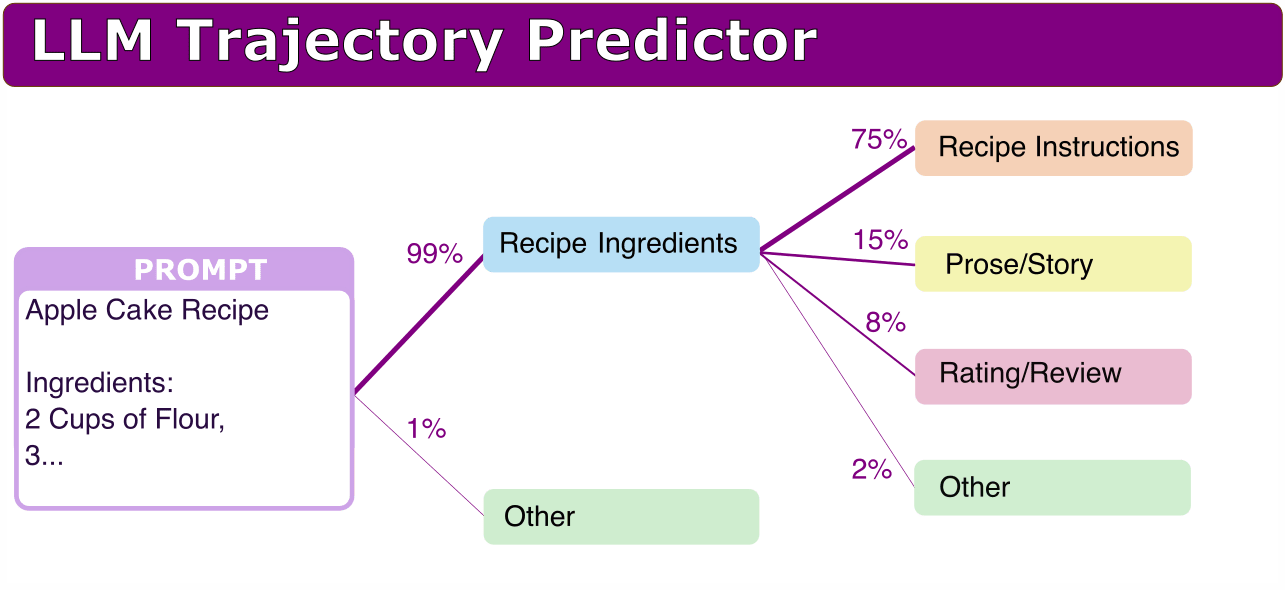
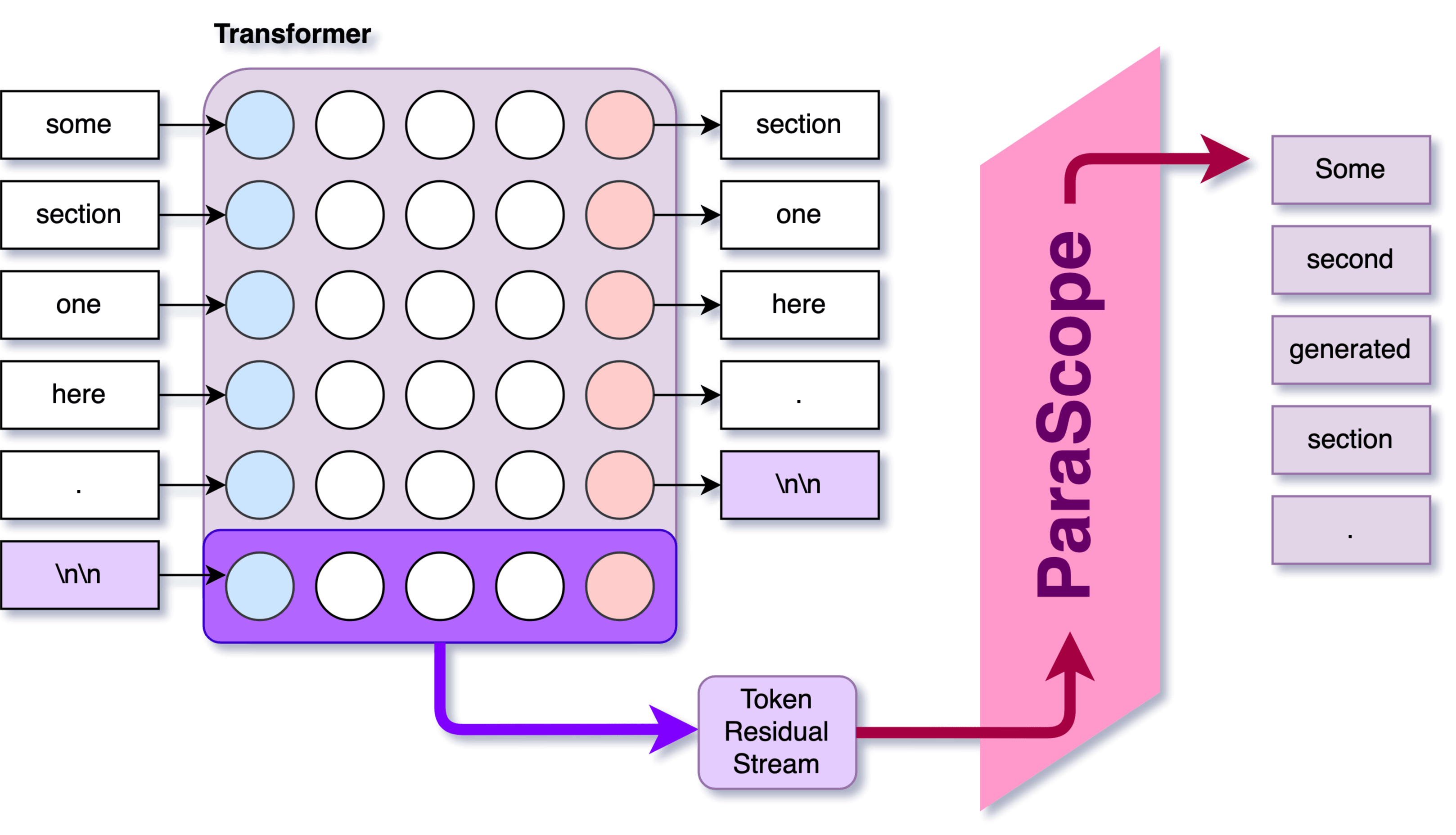

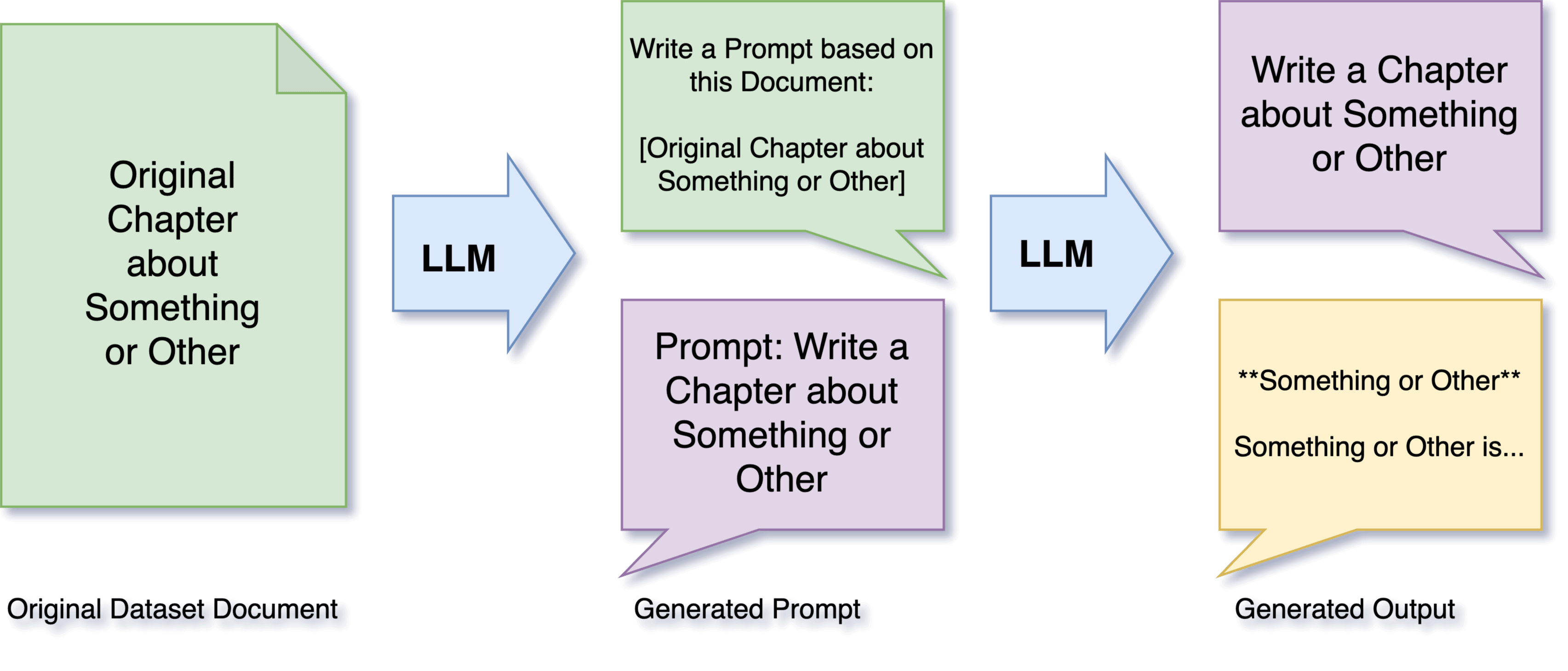
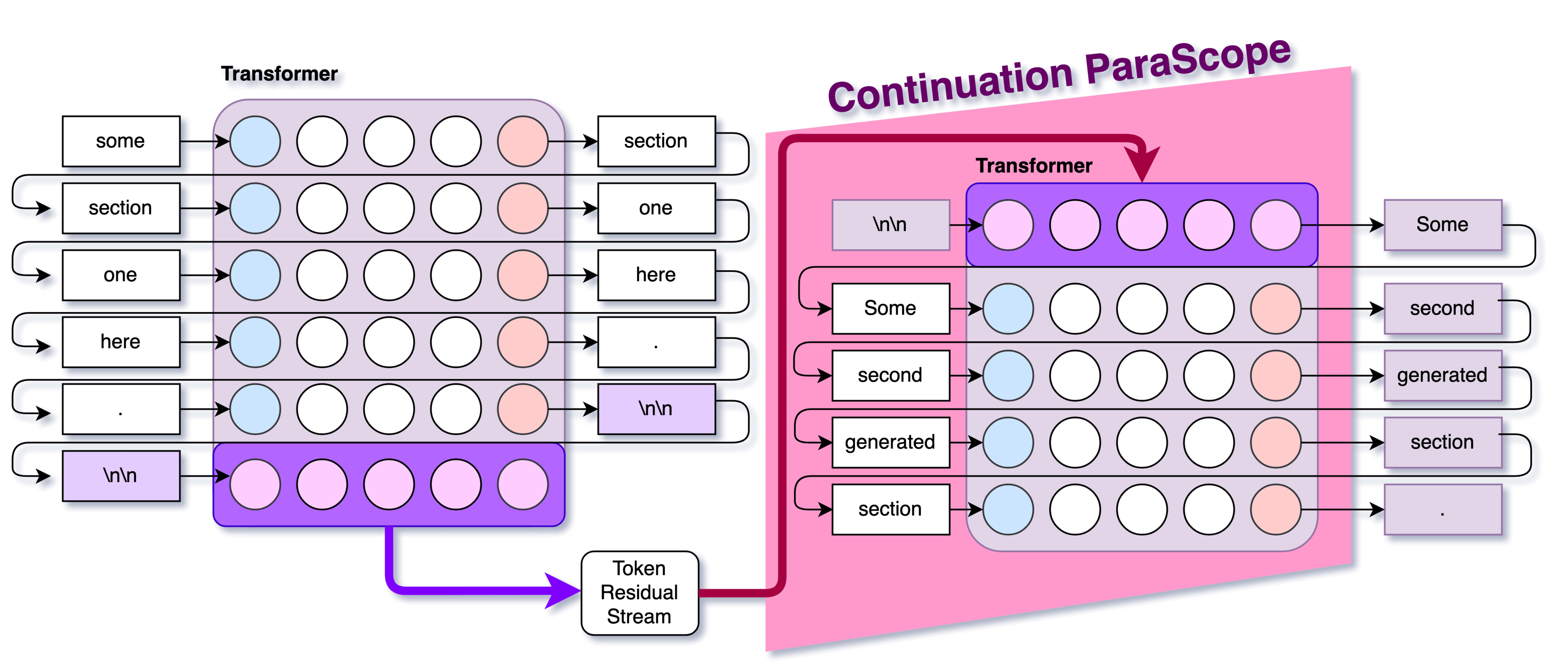
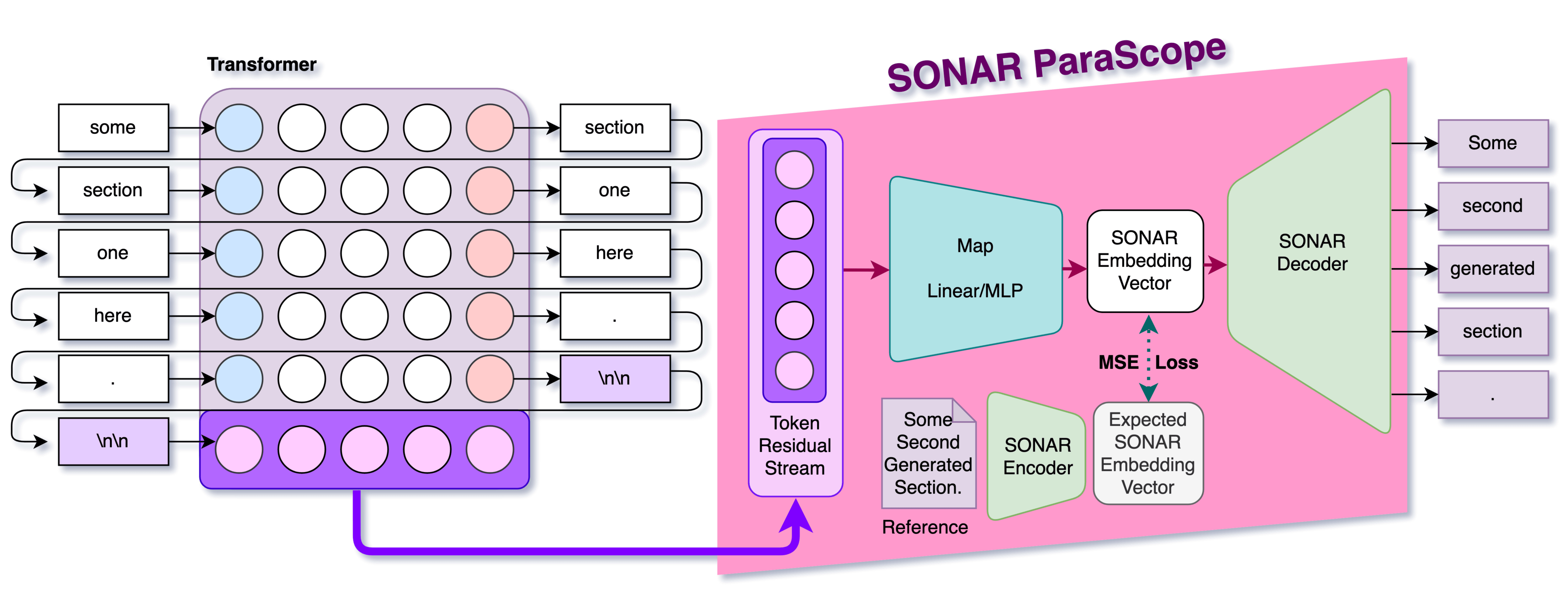
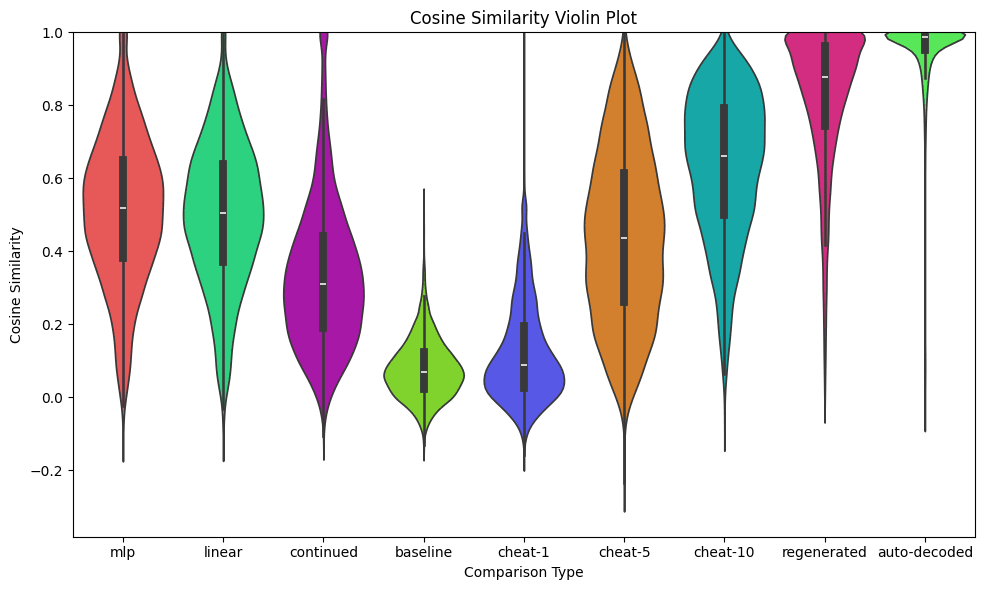
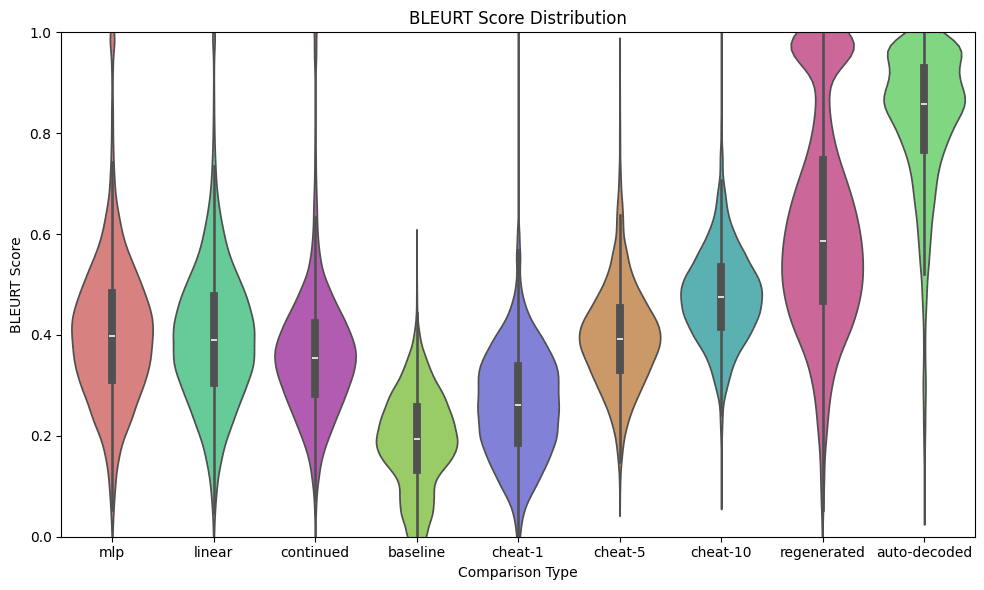
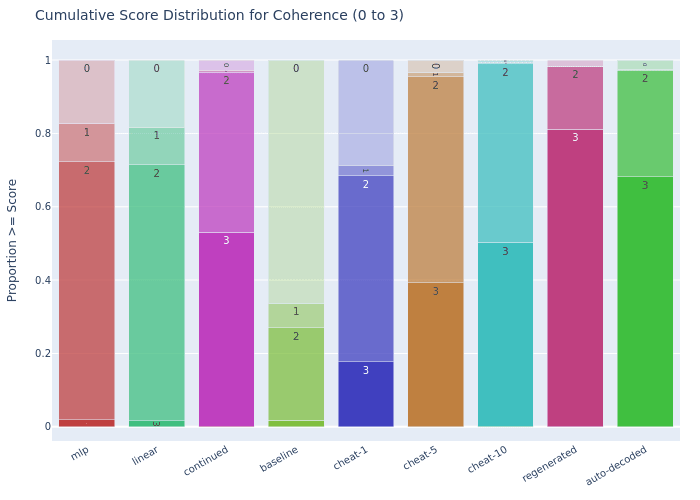

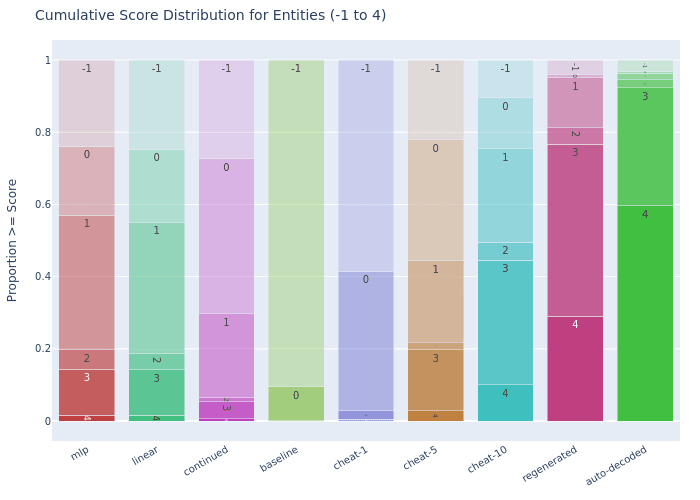
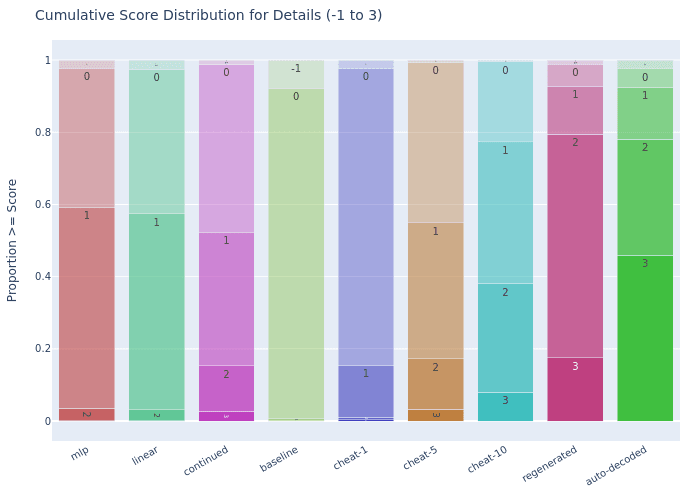
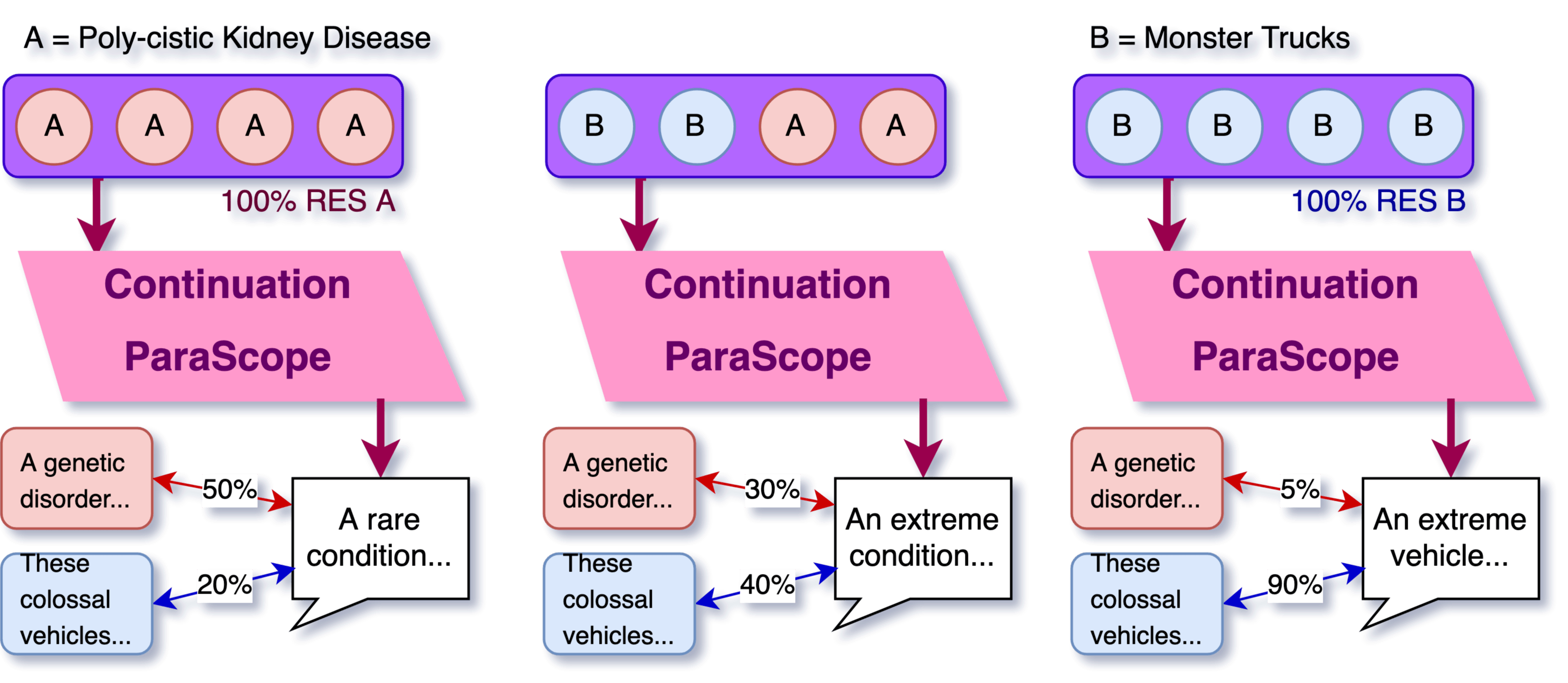

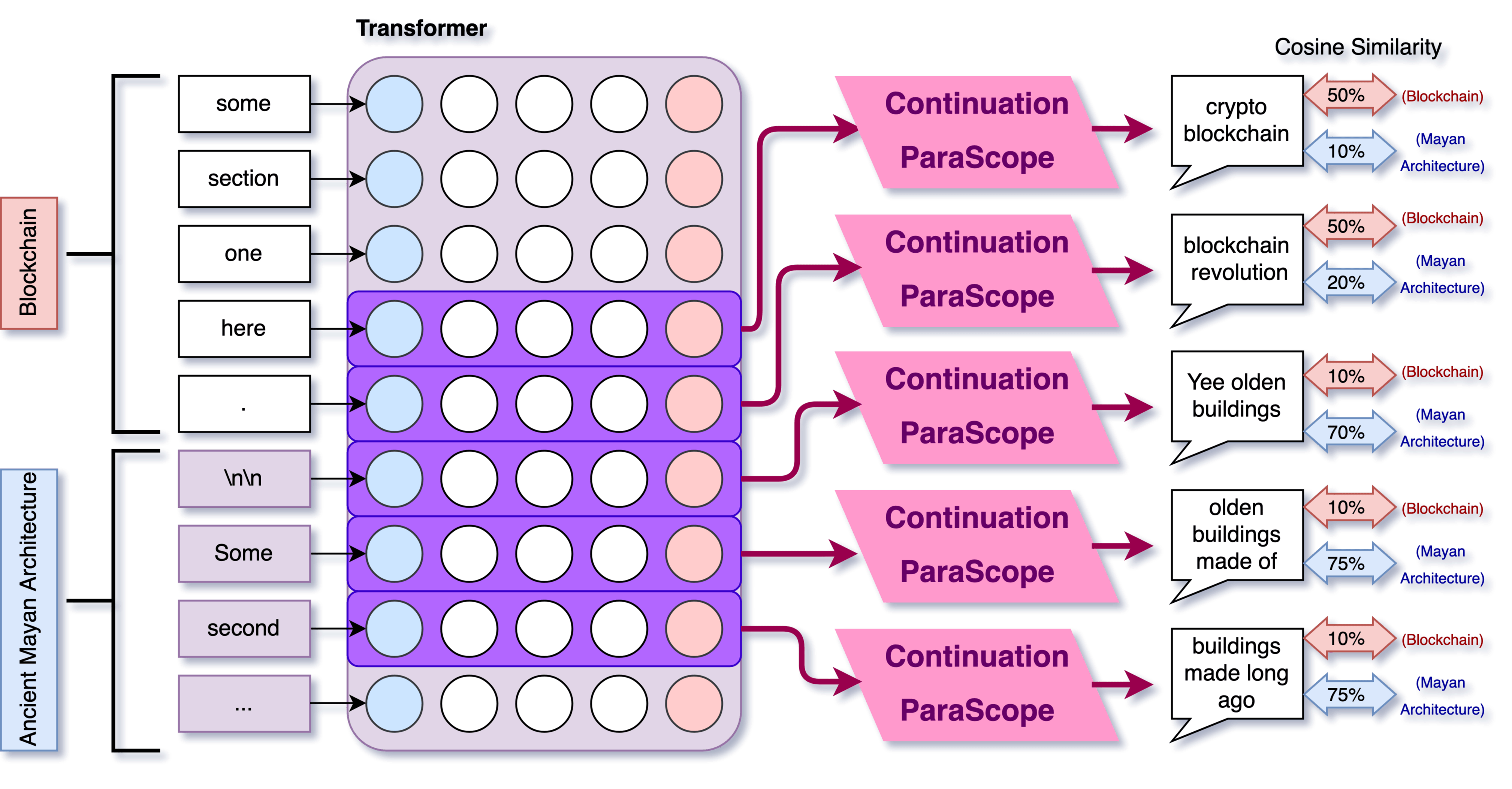



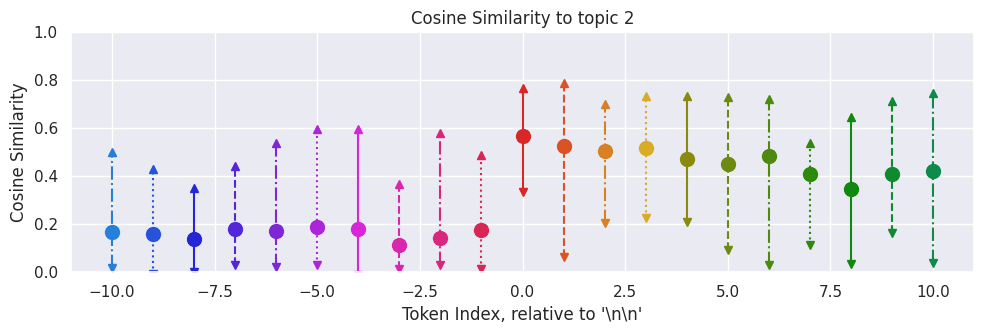
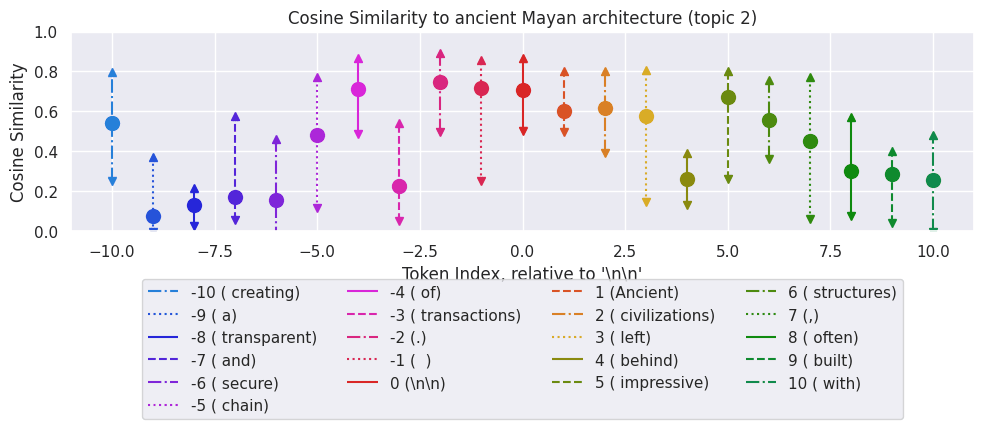
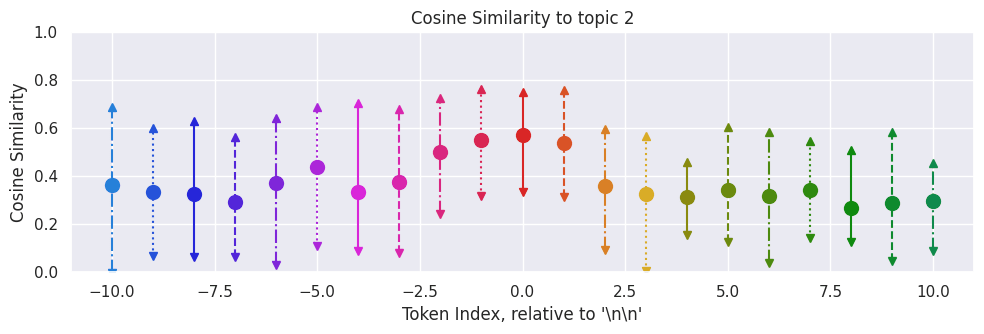
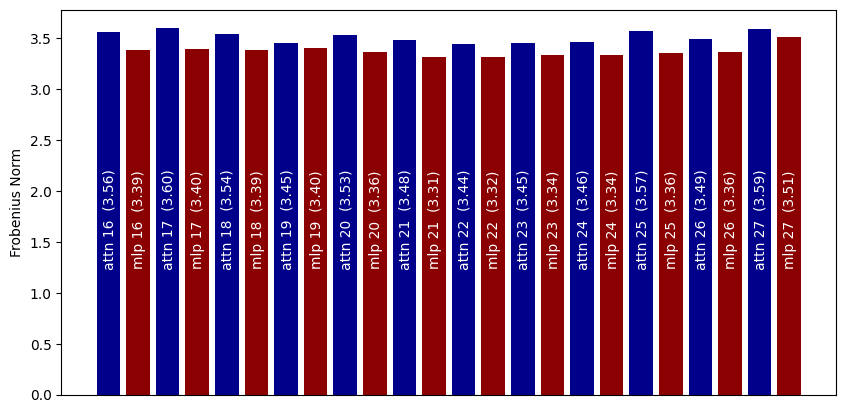

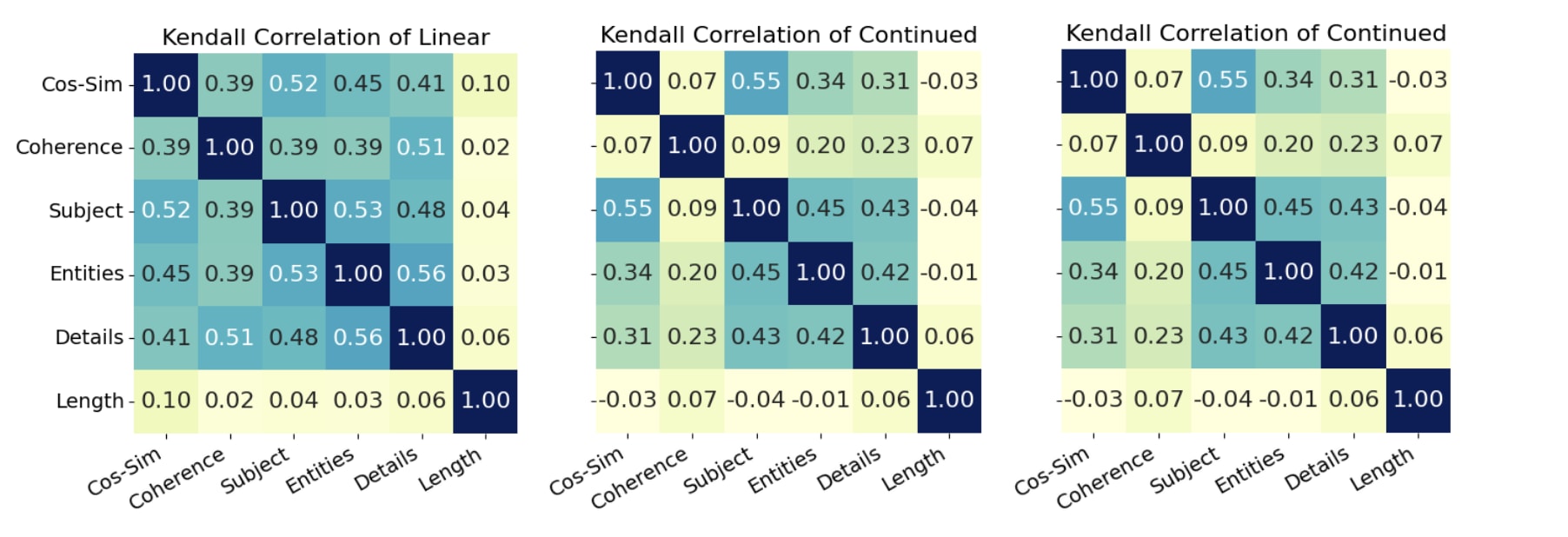
Apple Podcasts and Spotify do not show images in the episode description. Try Pocket Casts, or another podcast app.